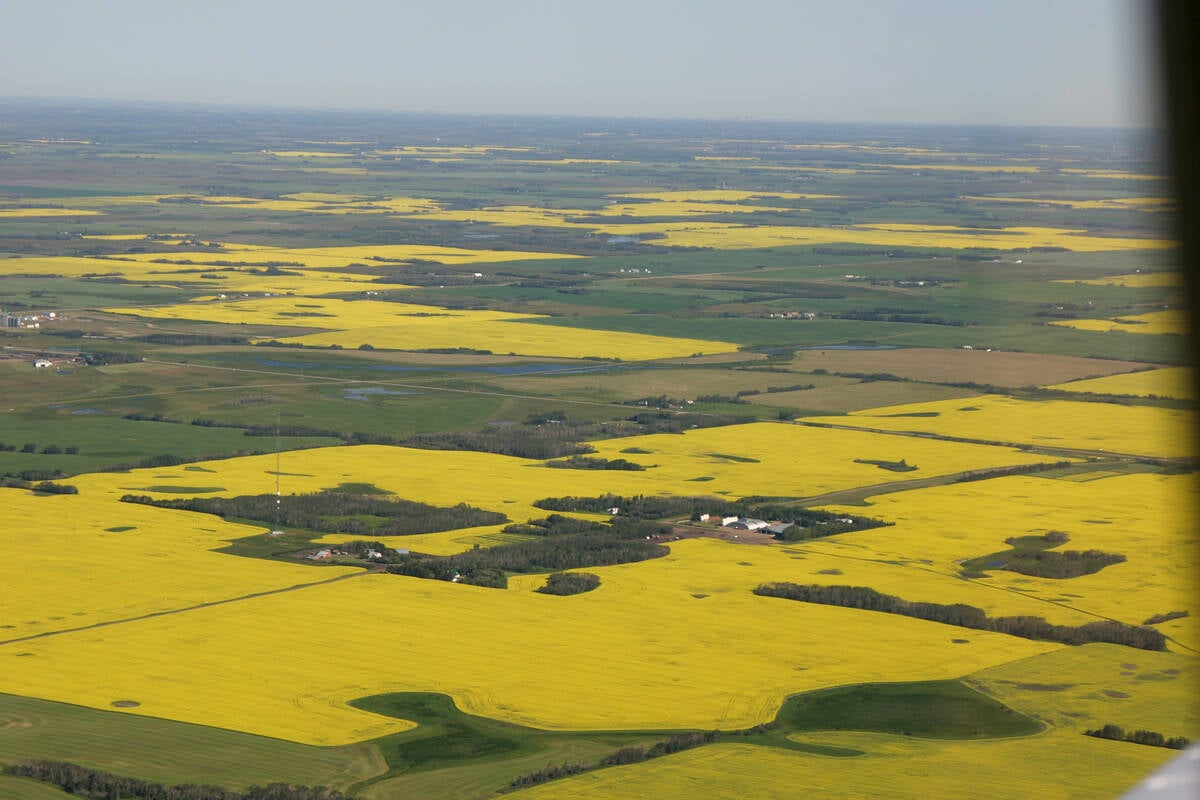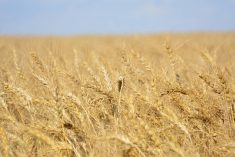Europe could be the third largest destination for Canadian beef if there was an easy way to get around the strict requirements to satisfy continental sensibilities.
But since 1989, the journey to Europe has been mostly one of frustration and trade recriminations.
“For the most part the EU is an insignificant market for the beef industry at this point,” said Gilles Gauthier, chief agricultural negotiator for the Canada-EU free trade negotiations.
The European Union imports about $110 billion worth of agricultural goods annually. Canada’s exports are modest at about $2 billion and are focused mainly on grains, he told the International Livestock Congress held in Calgary Aug. 10.
Read Also

Increasing farmland prices blamed on investors
a major tax and financial services firm says investors are driving up the value of farmland, preventing young farmers from entering the business. Robert Andjelic said that is bullshit.
The bulk of Canada’s trade into the EU is duty free, but for products like pork and beef, it is a closed market because of significant trade barriers. The most prominent is refusal to accept beef from cattle that receive growth-promoting hormones.
Therefore, Canada must find ways to produce cattle following EU requirements because there is potential there of about 300,000 to 500,000 tonnes annually.
The European beef industry has been declining for years. Many producers quit the business as farm subsidies shrank. Consumption of beef is decreasing, although there is variation within some member states like Denmark or France where a large amount is used. Greece and some of the new eastern member states are lower than average.
About 95 percent of the EU beef production is consumed internally. They use about eight million tonnes annually.
“It is by and large a self sufficient market. There is still room of five to seven percent left for imports,” Gauthier said.
Europe exports a small amount of lower quality products to Russia, Turkey and central Asia. Imports tend to be of higher value. The top 10 suppliers are Brazil, Argentina, Uruguay, Paraguay, Botswana, Namibia, United States, New Zealand, Australia, and Switzerland.
Over time there could be some shift in who is exporting to Europe. Some Latin American countries have been negotiating with Europe for a free trade agreement for the last 10 years.
“If ever the EU concludes a free trade agreement with another country, clearly we would be put at a serious disadvantage as a supplier because of the existing set of tariff and non-tariff barriers in Europe,” Gauthier said.
Canada shares the 11,500 tonne Hilton quota with the U.S. It carries a 20 percent tariff.
Canada also shares in another preferential 20,000 tonnes that increases to 48,000 tonnes in a few years. There is no duty on the volume shipped under that quota. This program is compensation for disallowing product containing hormones after the WTO ruled Europe could not ban the product.
A few containers have been shipped so this is an opportunity for Canadians to test the EU market through the preferential quota.
“Our information is that this quota is heavily subscribed and a lot of U.S. exporters and Australia are taking advantage of it,” Gauthier said.
“The administration of that quota is something you have to live with and experience so you know best how to take advantage of the system,” he said.
Sanitary and phytosanitary requirements that must be met include no growth promoting hormones, proper certificates, labelling and EU plant approval.
“You need to know how to work the system. You have to find partners in Europe that are best placed to work with the tariff rate quotas,” he said.
“The EU market is big and it has lots of potential but we have to get used to the fact that there will always be some residual requirements. In order to take advantage of the market you will need to be patient and you will need to develop that market over time,” he said.
Getting access for beef is part of a larger free trade agreement launched in Prague in 2009 with an end date of 2011. That will not happen so Gauthier said the aim is for a 2012 conclusion.
Europe is also negotiating with Latin America, India and may be prepared to start with Japan. Its trade agenda is going to fill quickly and if Canada waits too long the Europeans will be diverted to other countries.
“It is absolutely important we do not let these negotiations drag,” Gauthier said.
















